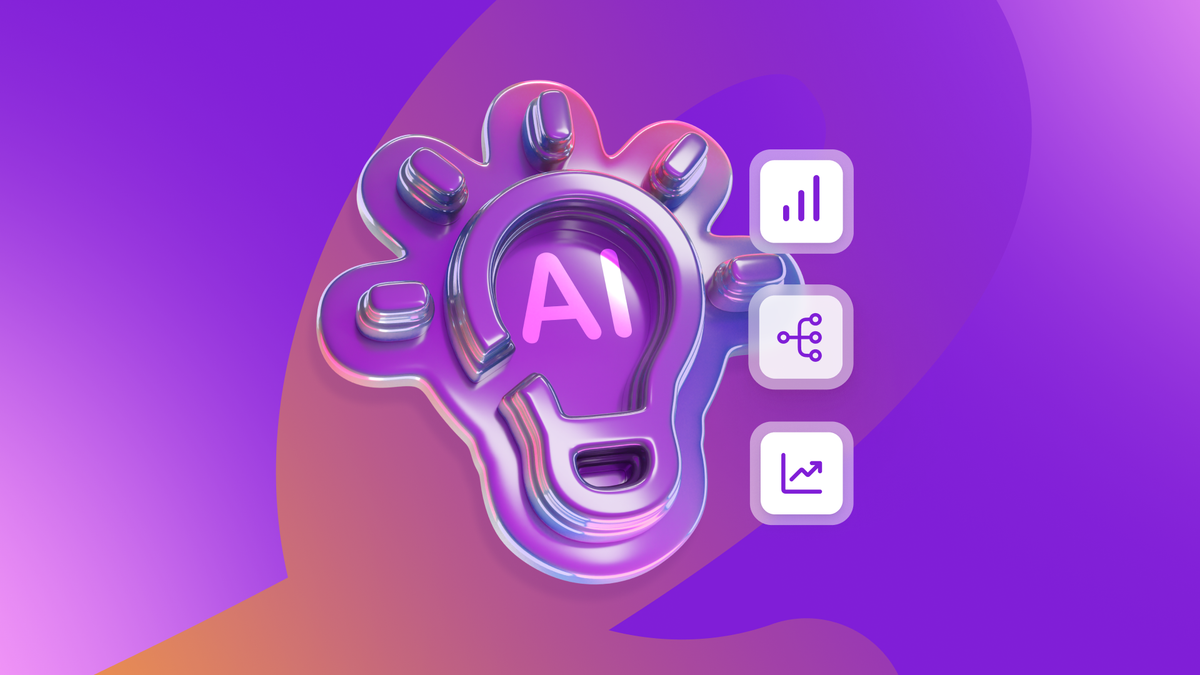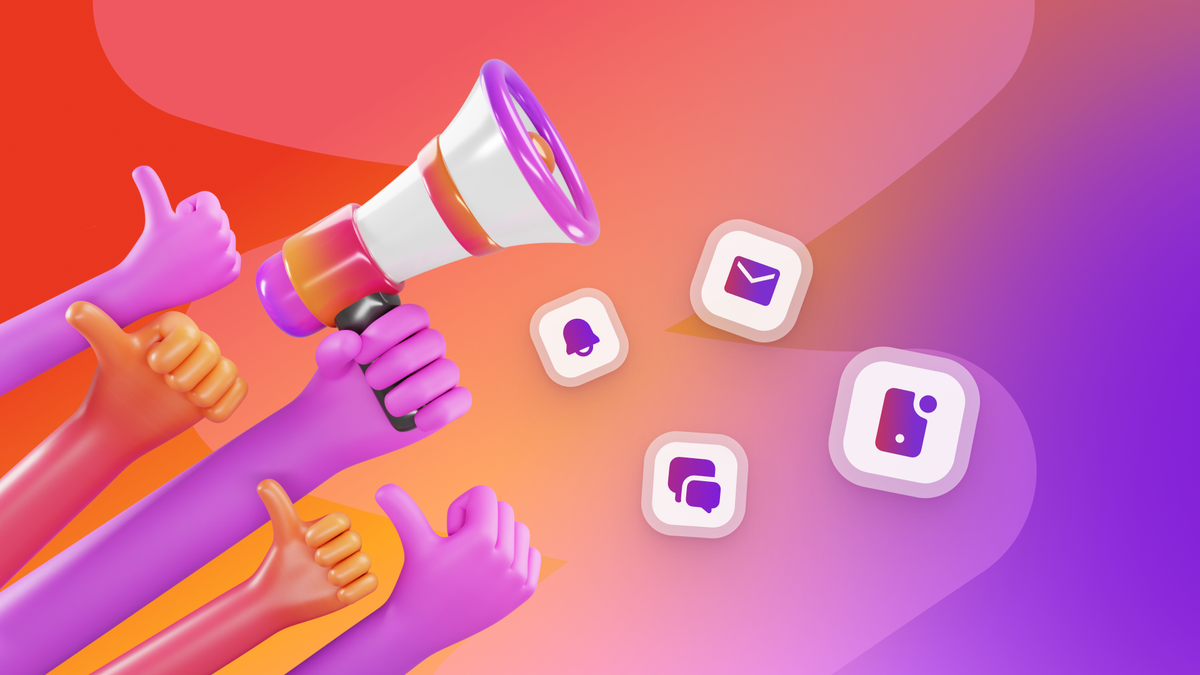Android Oreo Ushers in the Next Big Phase in Push Notifications [Product Update]
Published on August 22, 2017/Last edited on August 22, 2017/3 min read
![Android Oreo Ushers in the Next Big Phase in Push Notifications [Product Update]](/_next/image?url=https%3A%2F%2Fcdn.sanity.io%2Fimages%2Fb7pblshe%2Fmarketing-prod%2F84566ef0cd3b42bb98014358de0db363c7a535cb-2500x1250.jpg&w=1200&q=75)

Team Braze
We’re on the verge of a new era for push where it’s emerging as a mature, nuanced channel. The latest Android Oreo release brings us one step closer to that future with the introduction of notification channels for the Android push platform. If you missed our previous post on how notification channels will work and the benefits of using them, definitely check it out. Here we’ll focus on how marketers, growth, and product teams can take advantage of these changes.
What Are Notification Channels?
Notification channels are a new way to organize and manage push notifications. They allow apps to group their notifications into categories and determine how a given notification will display to a user with suggested display settings (vibrate, sound etc). Notification channels also give a lot more flexibility to customers, allowing them to adjust their channels to their preferences so they get the messages they want, when they want them.
Should My Android App Support Notification Channels?
Adoption rates for new technologies vary. Within the Android ecosystem, many phone manufacturers release their own versions of new operating systems, resulting in staggered consumer adoption. If your app targets Android N or below, notifications without a channel will still appear to customers on O, which means you have time to carefully plan your transition strategy.
That being said, empowering users to engage with your brand on their own terms will only add value to your customer experience. Eventually, all Android apps will need to have channels. By updating to Android Oreo, you can be ahead of the pack in creating valuable, up-to-date experiences for your customers.
So, What Should I Do Next?
Talk to your product and engineering teams
- Do they have a timeline on when they’d like to support Android Oreo?
- Once your Android apps target Android Oreo, Android requires that you add a channel on the push notification or it won’t appear. Appboy’s SDK 2.1.0 and above newly supports notification channels and, as part of that, includes a default channel that will be created if a notification is sent without a specified channel or with an invalid channel. This feature ensures that your notifications will always appear.
Audit your push notification strategy
- What push notifications are you sending to customers?
- Do you have an in-app preference center where customers can set their notification preferences? Android Oreo’s notification channels add similar functionality, and you should make sure that you are complementing rather than conflicting with the new operating system’s landscape. Below is a great video from Google I/O.
Take stock of the notifications you’re sending
- Categorize them based on the context (like lifecycle stage, goal, topic of interest, etc) and content and consider the way that each of these categories should display to a customer. For instance, should a notification informing a customer about an upgrade to first class appear the same as a notification about a flight delay?
Organize your channels
- Create user facing names and descriptions and a list of settings for each channel.
- Coordinate with your engineering team to define the notifications in your application and test prior to development.
Appboy and Android Oreo
We’re ensuring you can deliver a great customer experience from day one as both our newest SDK and dashboard now have channel support. Now you can use any channels that you’ve defined within your application to send push messages, opening up the types of valuable messages you can deliver to your customers.
To take advantage of notification channels, update to our Android SDK 2.1.0, which can be found in our changelog here, to support Android Oreo (API level 26).
For more information on notification channels take a look at our documentation.
Releated Content
View the Blog
Enterprise generative AI: Transforming data, decisions, and customer experiences

Team Braze

Omnichannel personalization: Delivering consistent, connected customer experiences

Team Braze

Are you AI-savvy enough to survive? A wake-up call for CMOs
